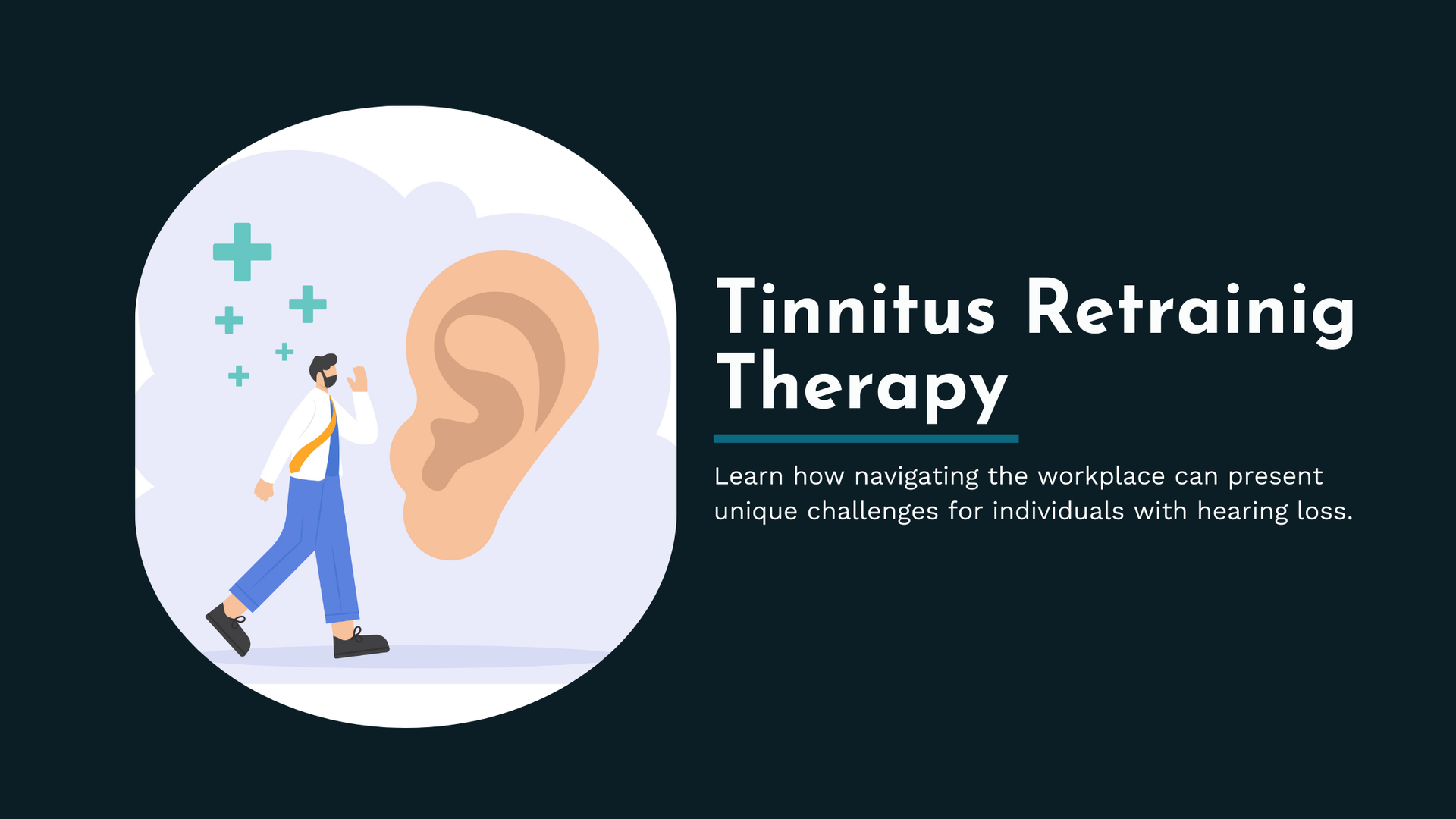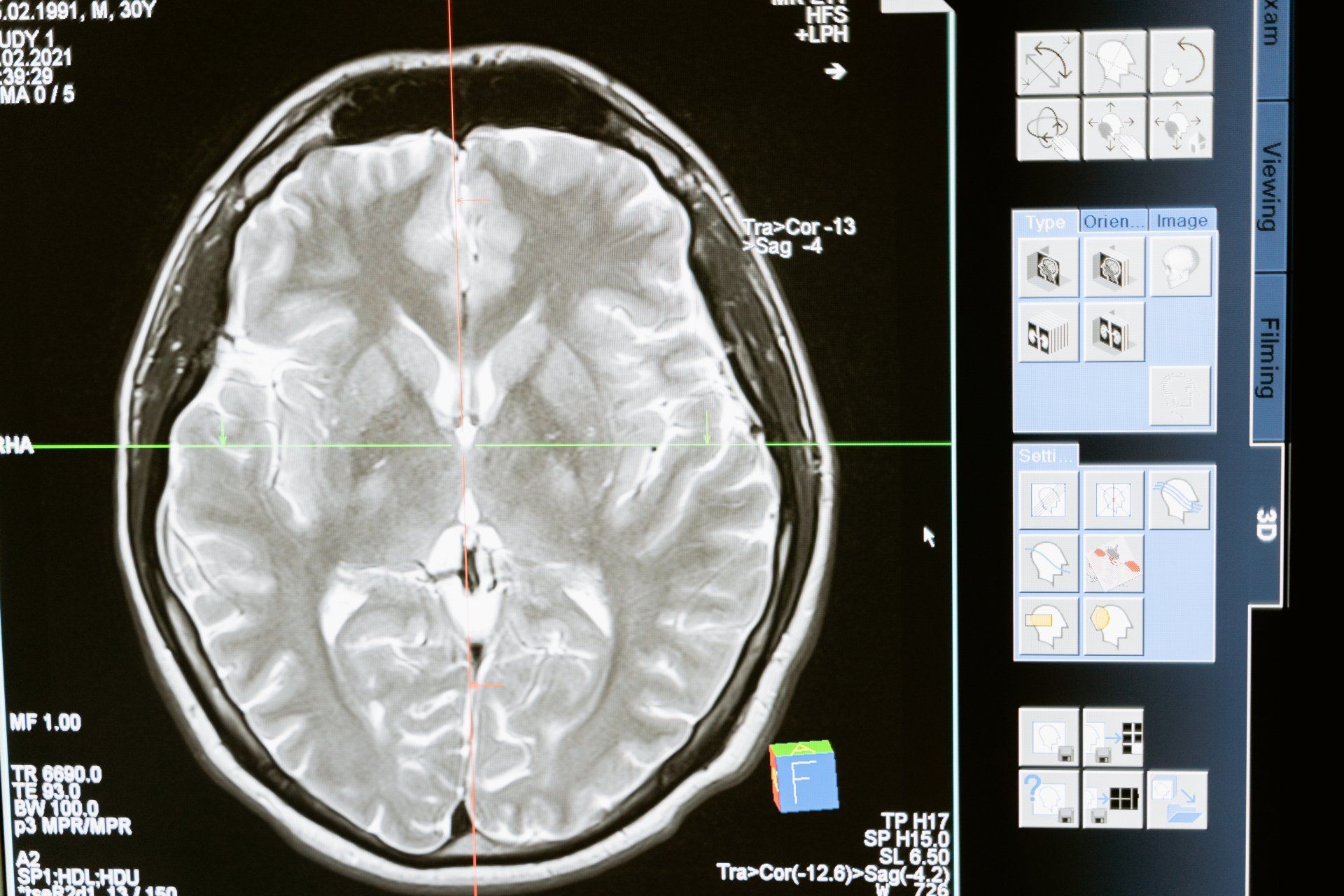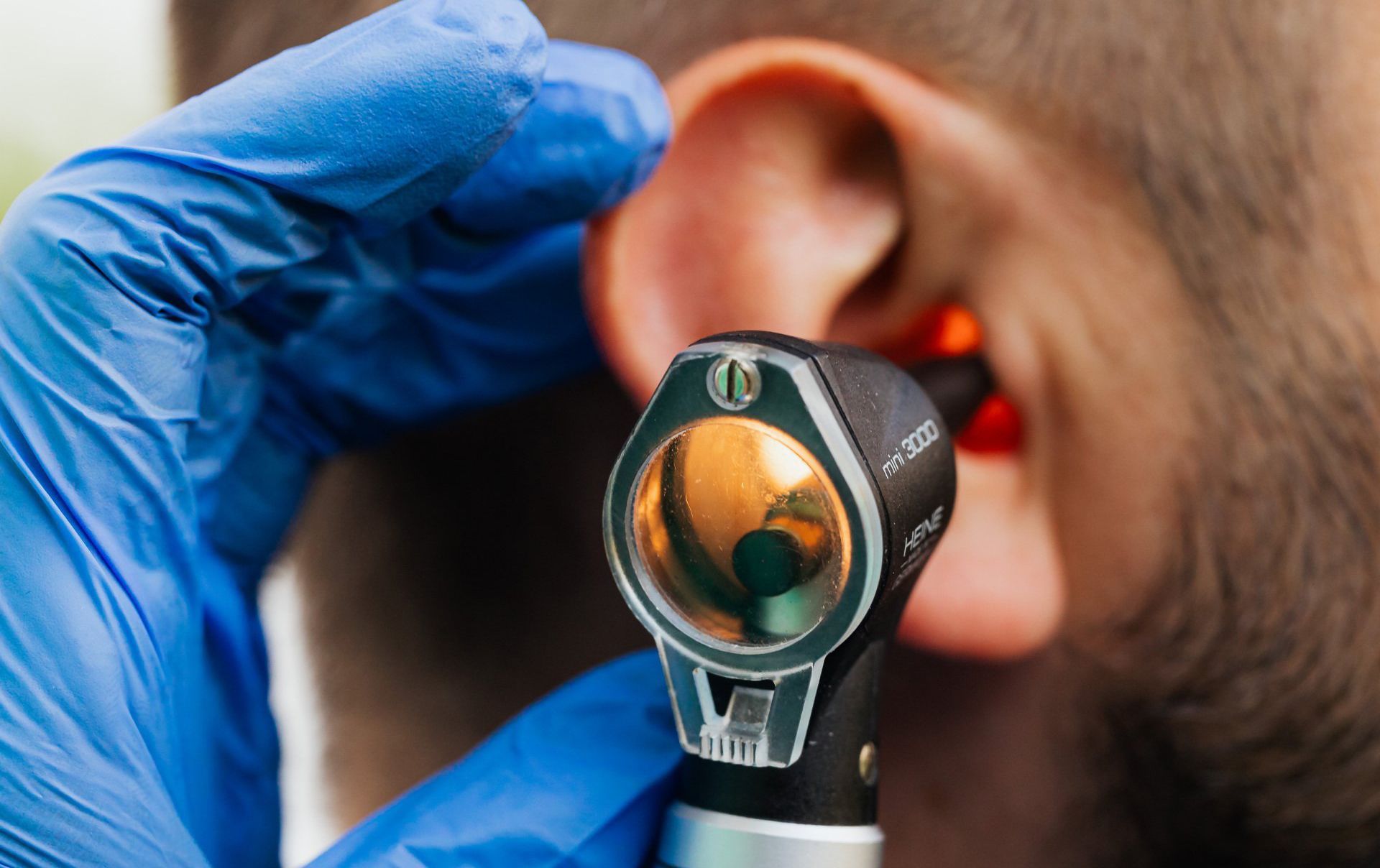What is ‘Bi-Modal’ Stimulation for tinnitus management?
You have likely heard of sound therapy as a common approach to reduce the awareness of tinnitus. Sound therapy refers to adding sound to your environment or through ear worn devices so that you are less aware of the tinnitus. Many people find that the tinnitus is less bothersome during the day when there are other sounds present in the environment. Adding sound to our environment can be an effective way to reduce the awareness of tinnitus and push it into the background, which can be helpful when in bed or when focusing on a task in quiet surroundings.
When we have tinnitus, we are understandably ear-focused, and management strategies have also focused on the ears. While using sound to distract the brain from the tinnitus can be an effective component of tinnitus management, we may not consider that we have four other senses that we can use to our advantage!
Engage your other senses for a more effective way to refocus away from the tinnitus. Add fragrances to your environment, stroke your pet, squeeze a stress ball, play with a fidget spinner, rub a smooth stone, enjoy a hard candy, place visually appealing or stimulating objects in your environment, or have a framed photo of people or events nearby that make you smile. Paying attention to input from more than one of our senses will give the brain less opportunity and energy to focus on the tinnitus.
Sound therapy uses only the sense of hearing to distract from the tinnitus, and while this can be helpful, bi-modal stimulation is now being put into practice. Bi-modal stimulation for tinnitus management refers to using more than one ‘mode’ or sense to take the focus off the tinnitus. There is now a bimodal device, The Lenire (pronounced len-EAR), that pairs tongue and sound stimulation to help you pay less attention to the tinnitus. A tongue tip stimulator sits on the surface of the tongue, with your mouth closed, and delivers mild pulses to the tongue while the handheld controller adjusts the pulsing signal. Wireless headphones play calming music that is coordinated to the tongue stimulation. This device is currently only available in the United States. If you are interested in learning more, click this link https://www.lenire.com/
The choice of sound you use depends on the situation, and on your activities and goals. For example, if the goal is to help you fall asleep or allow you to focus your attention away from the tinnitus to another task, choose sounds that are boring, monotonous, meaningless, steady, non-repetitive, and uninteresting. Repetitive soundtracks such as thunder or waves will alert the brain to anticipate the next crash of thunder of waves. When the brain is anticipating a sound, it is actively listening, which is not conducive to sleep and focus. We want your brain is passively listening, meaning that the sound is there but not grabbing your attention.
If hearing loss is present, wearing hearing aids will often reduce the awareness of the tinnitus. Hearing aids can also produce various masking sounds, for example white noise or other coloured sound. If hearing is normal, masking devices can be used without any amplification.











